Understanding Yellowstone's Seasons
Yellowstone's "season" stretches much further than just summer. Spring, summer, fall, and even winter each present their own opportunities and challenges. Here's a breakdown of what to expect:

For optimal Yellowstone visits, aim for late spring (May) or early fall (September). These shoulder seasons boast smaller crowds than peak summer months (June-August), offering easier access to attractions and wildlife viewing. Summer provides ideal hiking weather, but expect higher prices and busier trails. Winter transforms Yellowstone into a snowy wonderland, perfect for snowshoeing, though some roads close.
Yellowstone's "season" stretches much further than just summer. Spring, summer, fall, and even winter each present their own opportunities and challenges. Here's a breakdown of what to expect:
Let's delve deeper into each season, outlining the pros, cons, and ideal activities:
Season Pros Cons Best For Spring (April - May) Fewer crowds, excellent wildlife viewing opportunities (especially bears and bison with calves), impressive waterfalls, emerging wildflowers, lower lodging prices. Unpredictable weather (snow is still possible), limited road and facility access, some trails may be closed due to snow or mud. The risk of encountering bears is higher, requiring extra caution. Wildlife enthusiasts, photographers seeking dramatic landscapes, those willing to brave unpredictable weather for a more solitary experience. Looking to save money on lodging. Summer (June - August) All roads and facilities are open, warm and sunny weather, ideal for hiking, camping, and water activities (fishing, rafting). Ranger programs and events are in full swing. Extremely crowded, higher lodging prices, traffic congestion, limited parking. Wildlife viewing can be more challenging due to the abundance of people. Bugs (mosquitoes) can be prevalent. Families, first-time visitors, those wanting full access to the park's attractions and activities, those who don't mind crowds. Fall (September - October) Fewer crowds than summer, pleasant weather (though can be chilly), excellent wildlife viewing (elk rutting season), beautiful fall foliage, good opportunities for hiking and photography. Some facilities begin to close in late September/October, unpredictable weather (early snow is possible), shorter daylight hours. Wildlife photographers, hikers seeking solitude, those wanting to experience the park's beauty without the summer crowds, viewing the elk rut. Winter (November - March) Unique snowy landscapes, exceptional wildlife viewing opportunities (wolves, bison, elk against the snow), fewer crowds (except during holiday periods), snowmobiling and snowcoach tours. Limited road access (most interior roads closed to regular vehicles), very cold weather, limited facilities and services, require specialized equipment and clothing. Adventurous travelers, winter sports enthusiasts, wildlife photographers seeking dramatic winter scenes, those wanting a truly unique and solitary Yellowstone experience.
Beyond general seasonal considerations, specific activities are better suited for certain times of year:
If avoiding crowds is your top priority, consider visiting during the shoulder seasons (April-May or September-October). Even during the peak summer months, you can find pockets of solitude by exploring lesser-known trails and venturing off the beaten path. Arriving early in the morning or visiting late in the afternoon can also help you avoid the worst of the crowds at popular attractions like Old Faithful.
Regardless of when you plan to visit, it's crucial to check the Yellowstone National Park website for current road conditions, facility closures, and weather forecasts. Be prepared for unpredictable weather, and pack layers of clothing to adapt to changing conditions. Remember to practice Leave No Trace principles to help protect this incredible natural resource for future generations.
Ultimately, the best time to visit Yellowstone is the time that aligns with your interests and priorities. Whether you're seeking wildlife encounters, outdoor adventures, or simply a peaceful escape in nature, Yellowstone has something to offer year-round. By carefully considering the pros and cons of each season, you can plan a trip that's perfectly tailored to your preferences and create memories that will last a lifetime. Don't forget to book accommodations and tours well in advance, especially if you're traveling during the peak season.
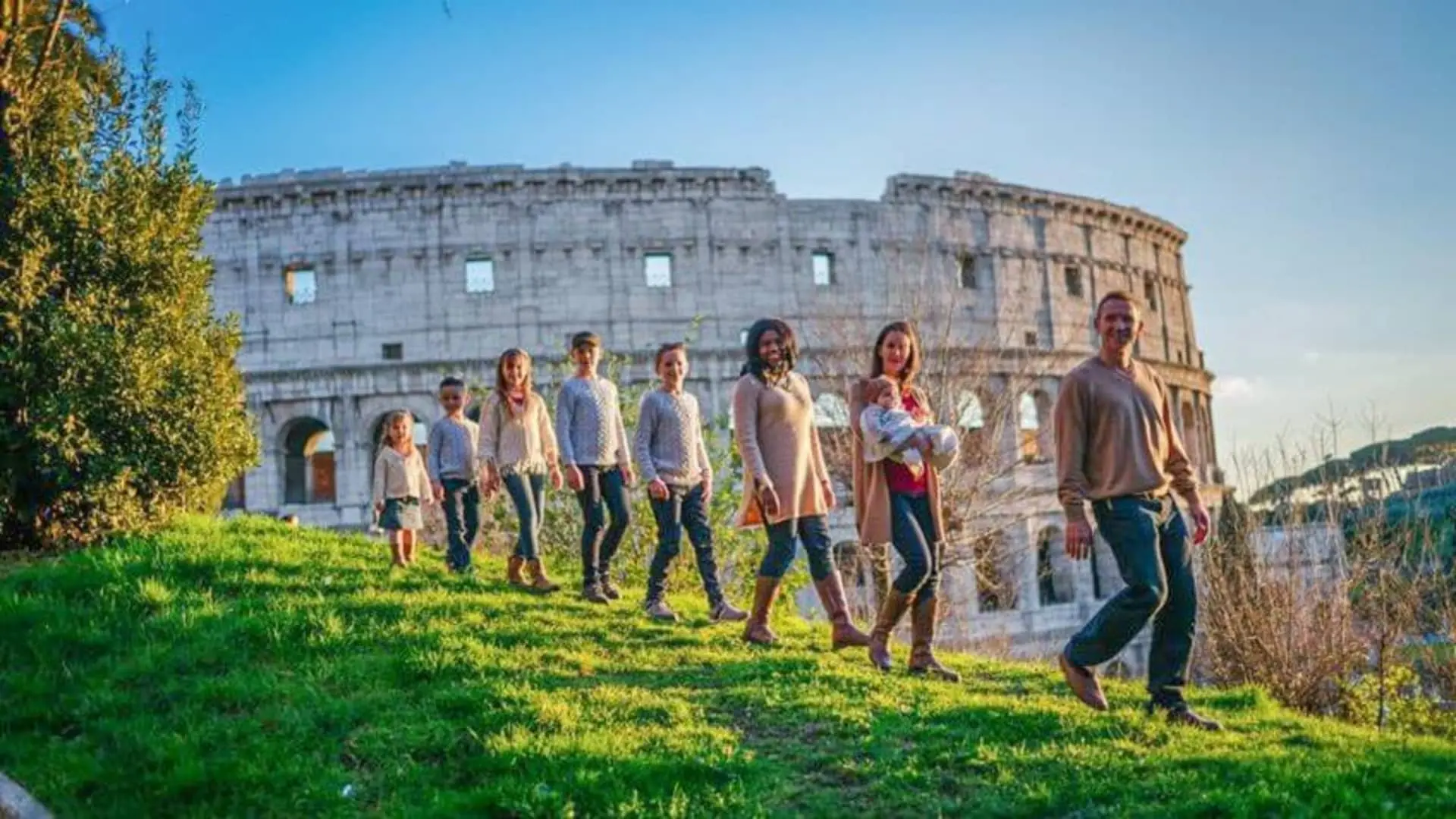
Tips + Planning
9 Tips From a Family of Four That Travels the World Full-time (Video)
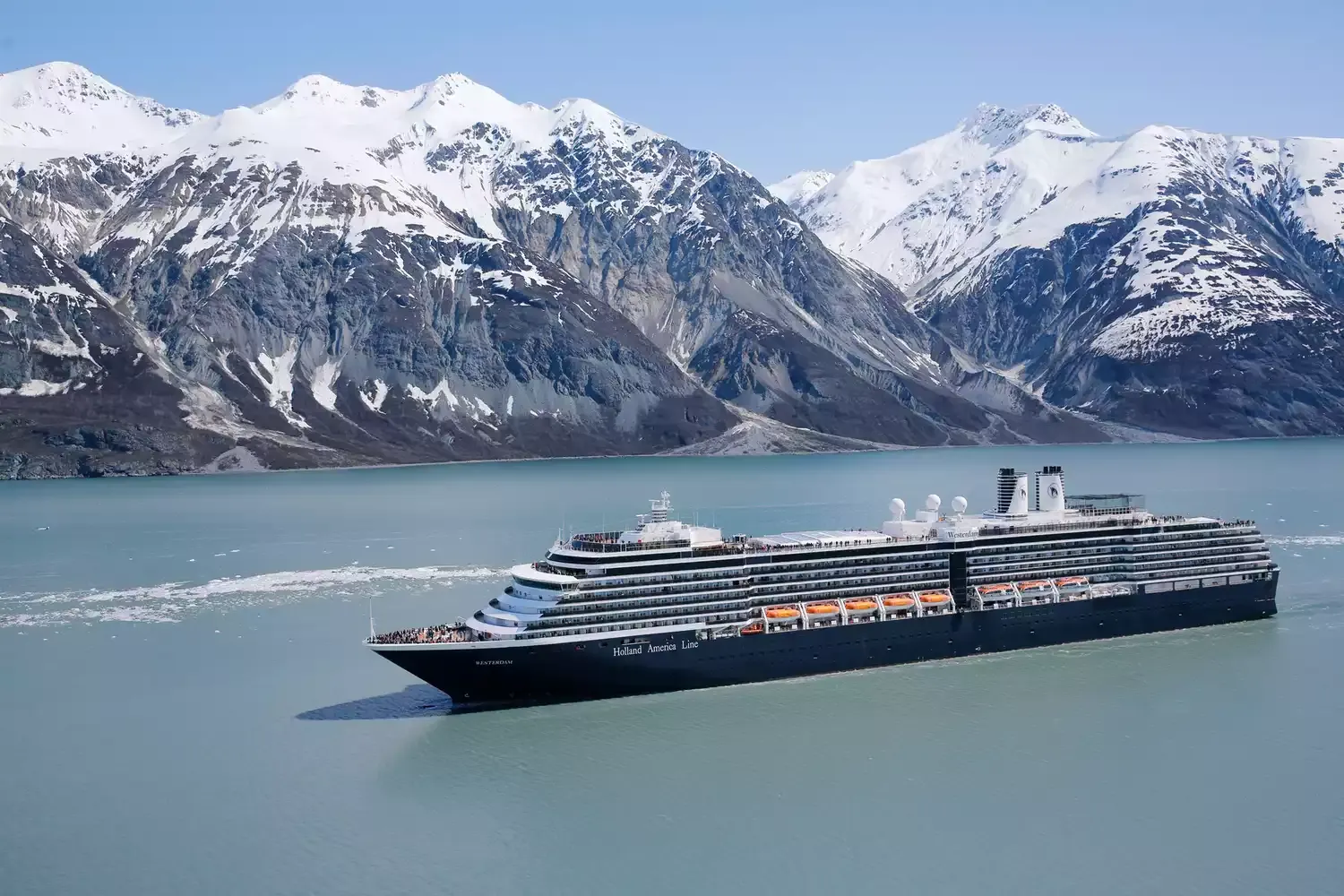
Tips + Planning
Holland America Is Offering 40% off Cruises, Onboard Credits, More with Summer Sale
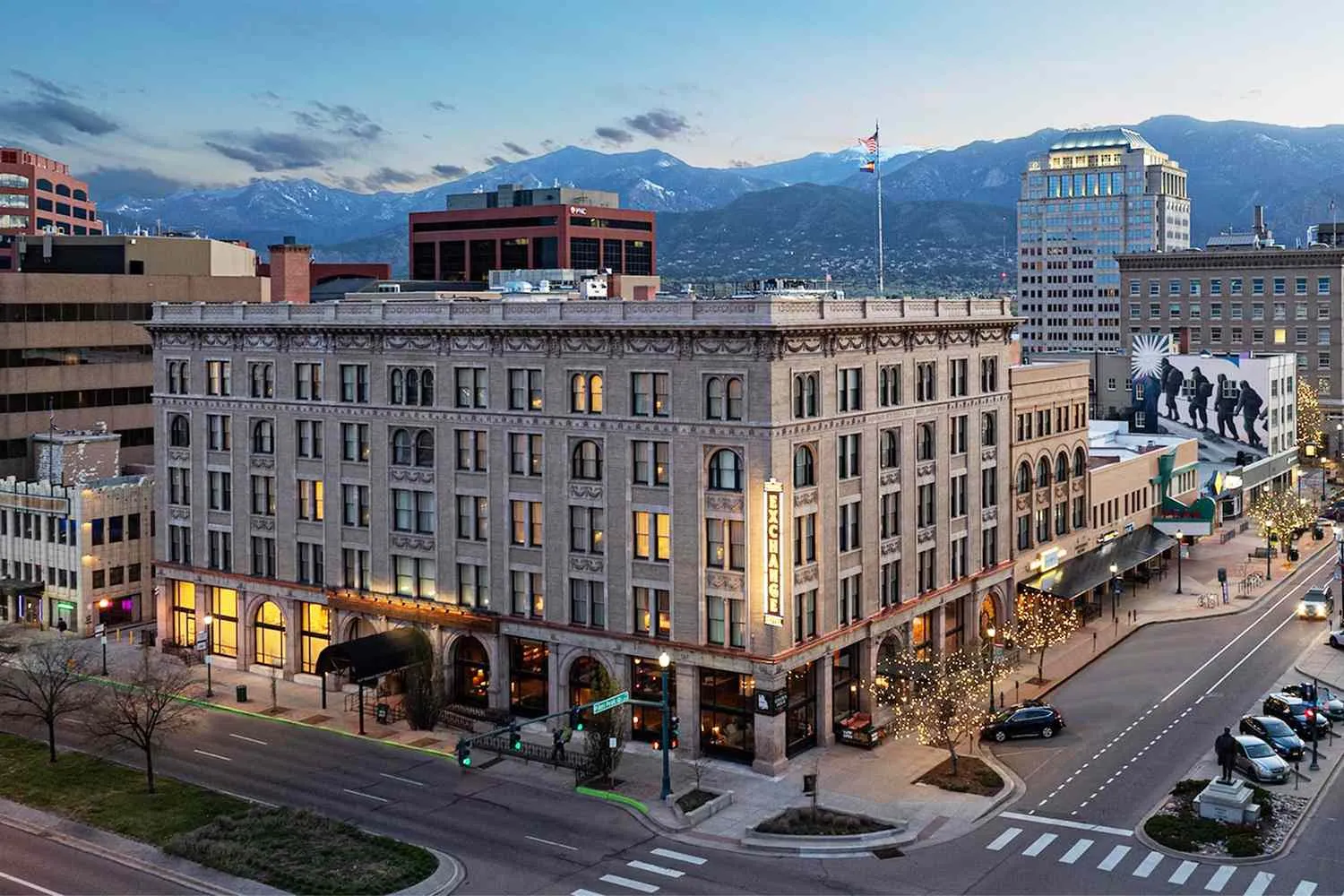
Tips + Planning
Save 20% or More on a Fall or Winter Vacation With Wyndham Hotels & Resorts’ Latest Sale

Tips + Planning
Score 50% Off a Margaritaville at Sea Cruise for a Limited Time

Tips + Planning
A Photographer Captures the Rich Art Deco Heritage of Porto, Portugal

Tips + Planning
What It's Really Like to Travel With the 'Today' Anchors, According to the Morning Crew Themselves

Tips + Planning
ESPN Host Malika Andrews Travels Non-stop During the NBA Season — Here's How She Sticks to Routine

Tips + Planning
Chrissy Teigen Experienced a Scary 'Erroneous Takeoff’ on a Recent Flight — Here's What That Means

Tips + Planning
'White Lotus' and 'Sopranos' Star Michael Imperioli Has Recommendations for Both NYC and Rome — and We're Taking Notes

Tips + Planning
The 10 Best Noise-canceling Headphones of 2024, Tested and Reviewed

Tips + Planning
This Secret Button on Your Airplane Seat Gives You More Space
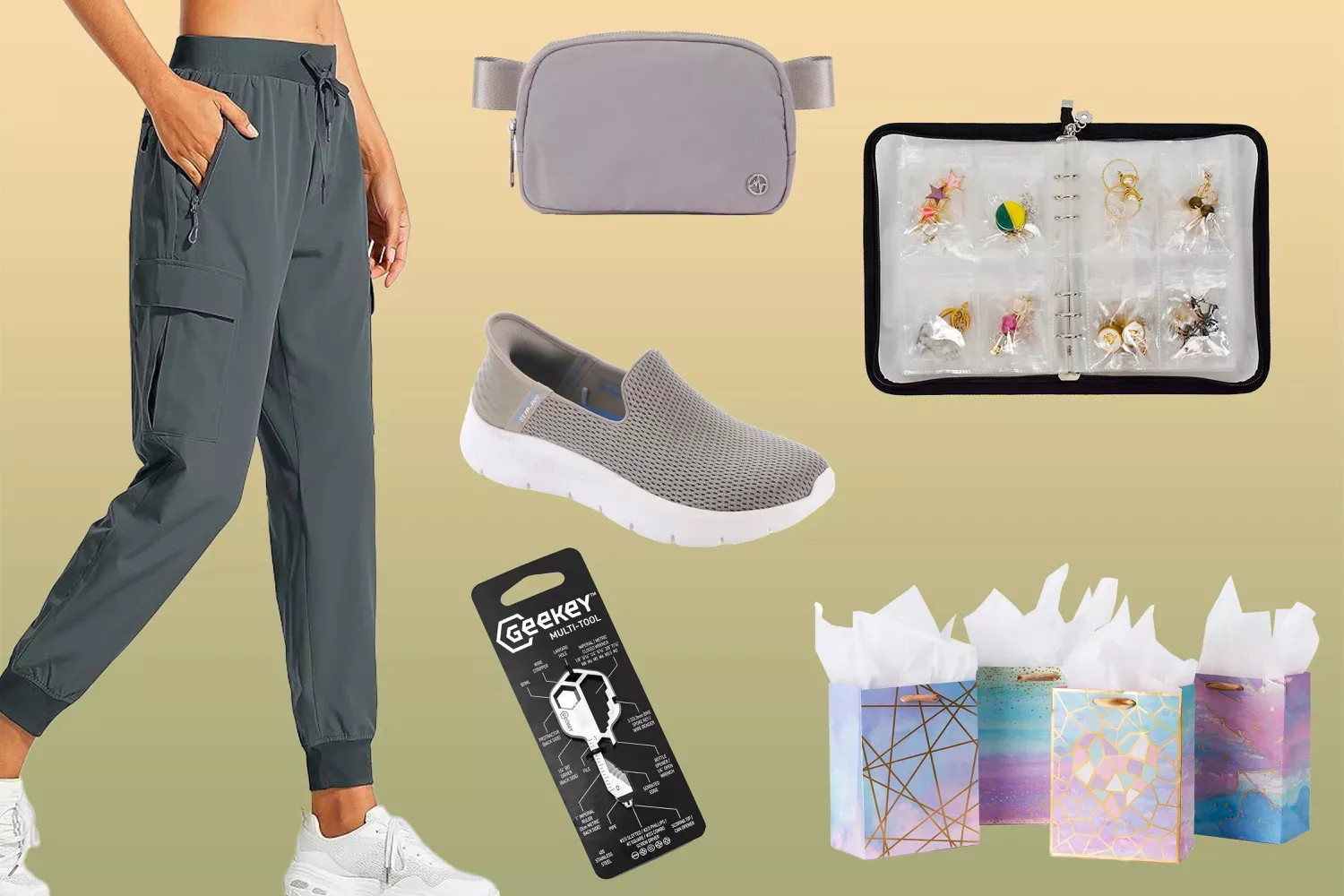
Tips + Planning
12 Airport Security Habits That Really Annoy TSA Agents — and the Travel Accessories That Solve Them
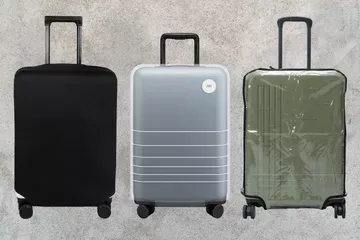
Tips + Planning
The 14 Best Luggage Covers of 2024
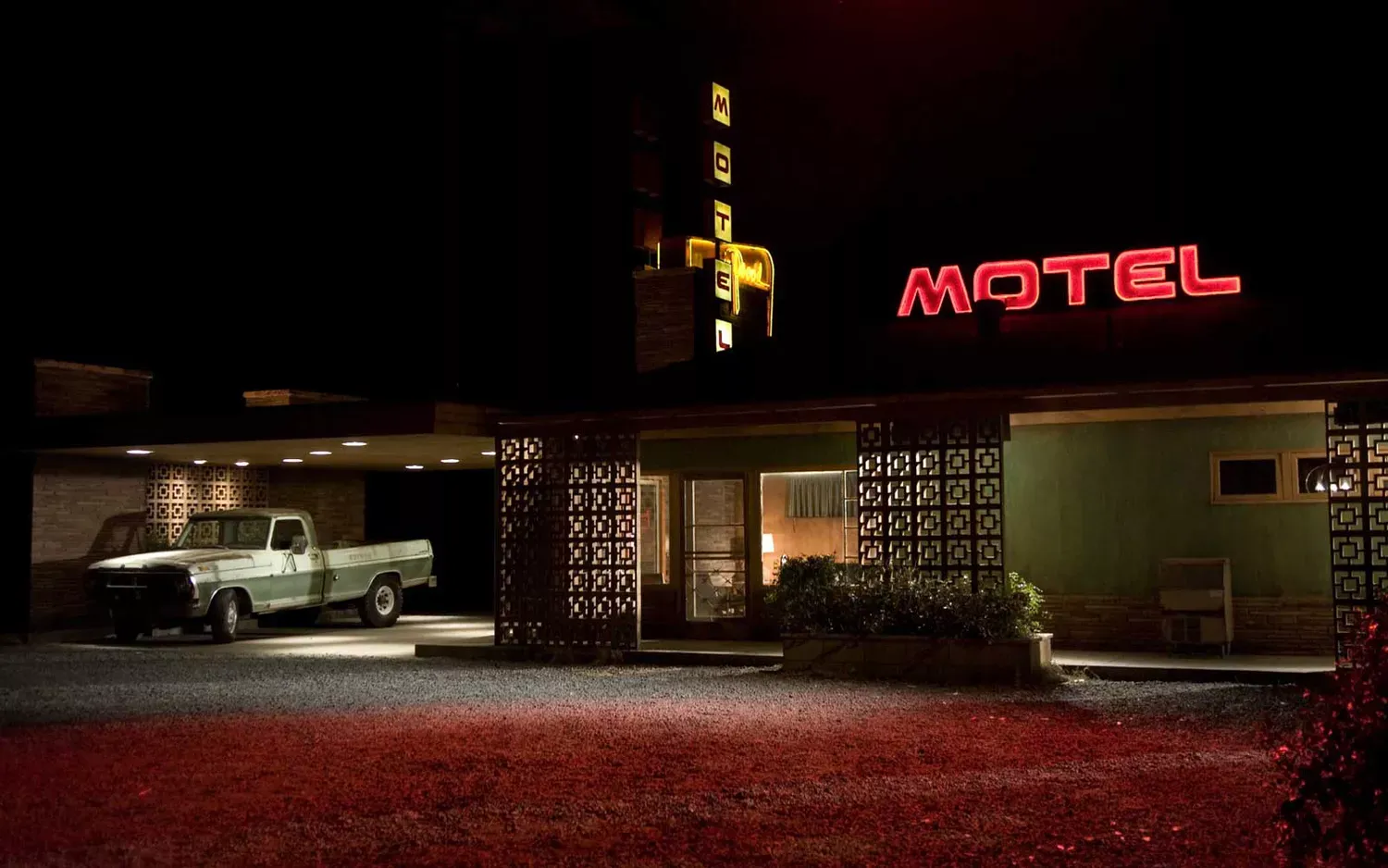
Tips + Planning
These Are the Scariest Hotel Horror Movies of All Time
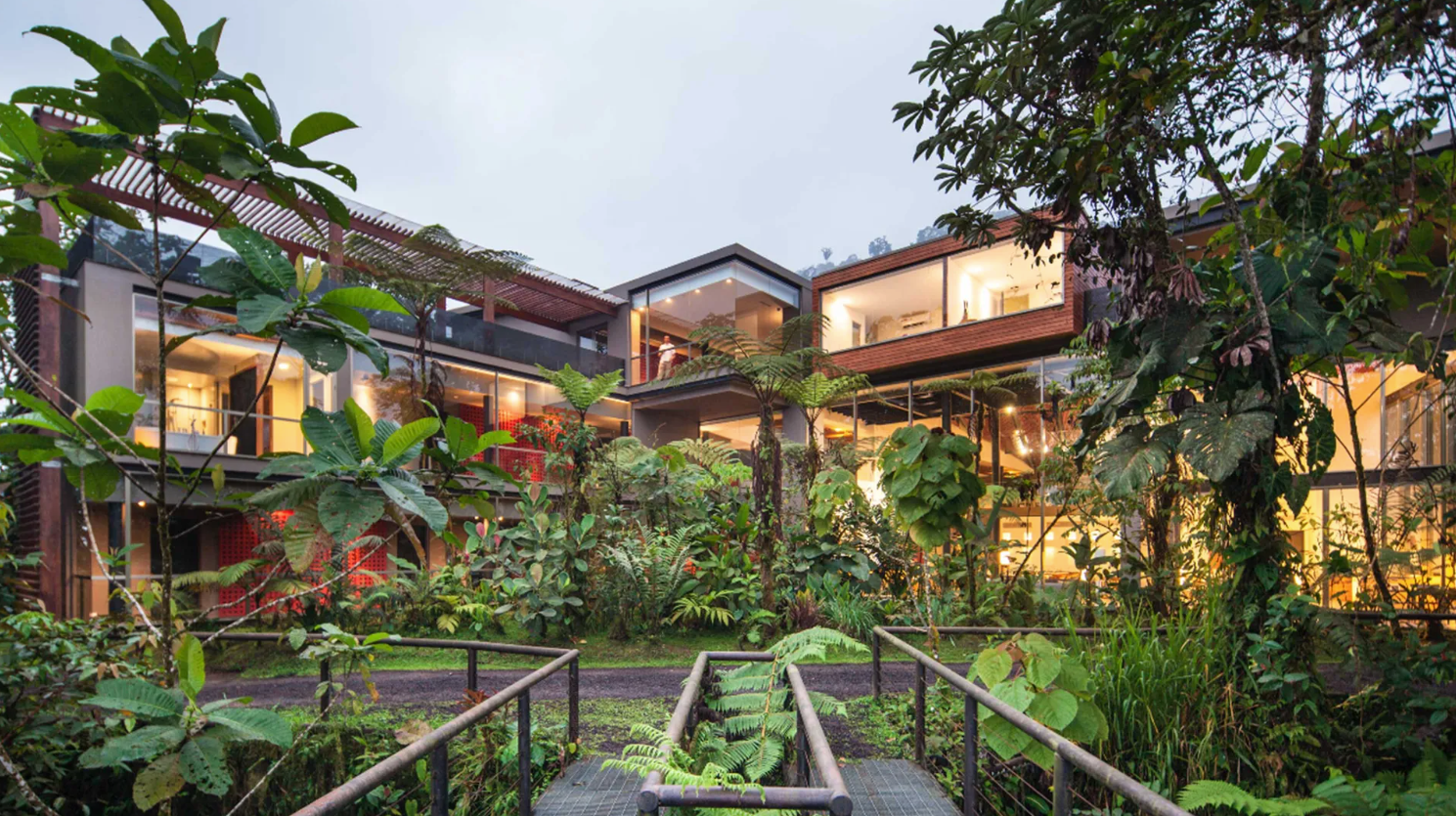
Tips + Planning
Ecuador’s Mashpi Lodge: A Model for Sustainable Tourism
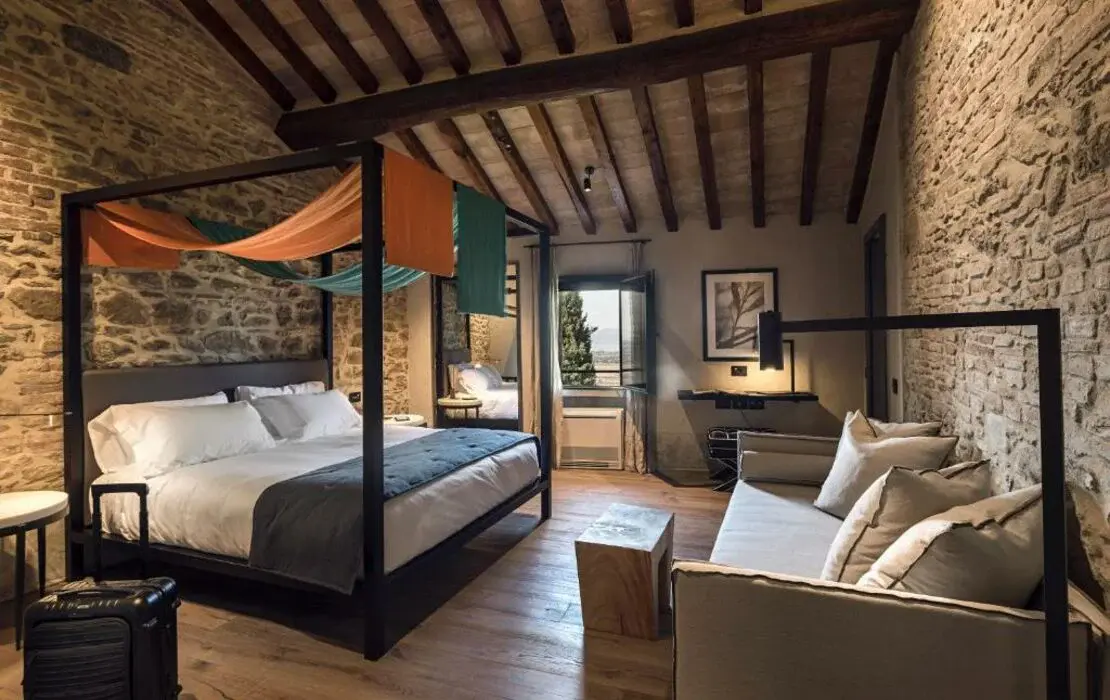
Tips + Planning
Rastrello Hotel, Umbria: A Comprehensive Review of Its Luxury and Charm